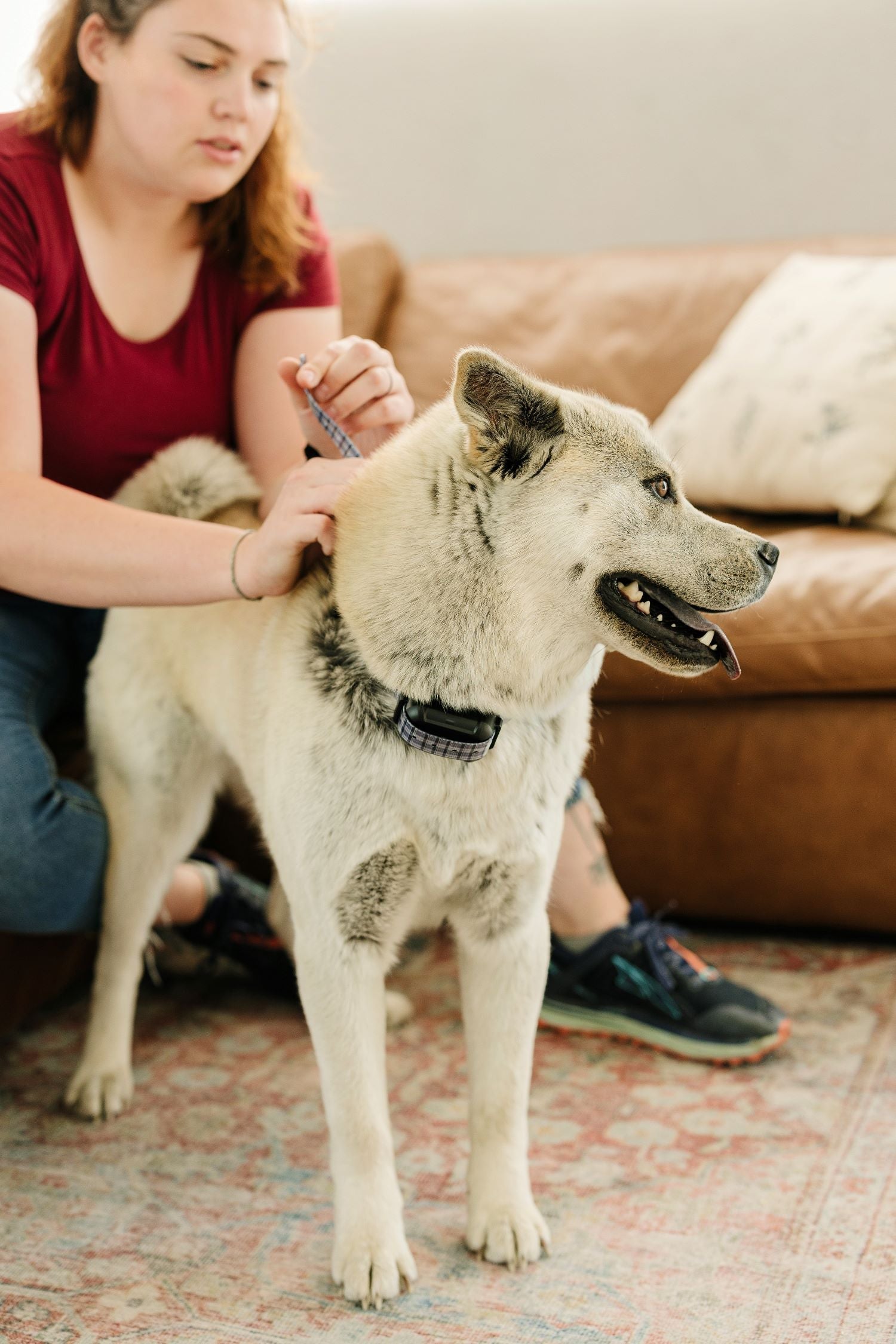Travel with Your Wireless Dog Collar: Tips and Tricks
One of the greatest pleasures in life is traveling with your dog, but it also involves special obligations. Whether the itinerary is weekend camping, a road trip across the country, or just a visit to a new park, your dog's safety comes first. For many pet owners over past years, wireless dog collars—especially those with GPS and virtual fence technology—have become essential tools. Such devices allow you keep track of your furry buddy and guarantee their safety in new surroundings, therefore providing piece of mind.
This article will go over the advantages of utilizing wireless dog collars during travel, go over how to choose the correct one for your needs, and offer doable advice and techniques to keep your dog safe and content on the road. We will also provide a few important details to assist you in knowing why dog enthusiasts all around have turned to these collars as their preferred option.
Understanding Wireless Dog Collars
The purpose of wireless dog collars is to assist pet owners in remotely monitoring and managing their dogs' movements. Unlike conventional collars, these modern ones sometimes include GPS tracking, virtual or wireless fencing, and possibly even communication tools. Their goal is to provide dogs—especially those who live outside in unfamiliar or open areas—a safer surrounding.
Dogs are prone to being lost or distracted by unfamiliar sights, noises, and odors when traveling. This raises their chance of straying off or becoming lost. Studies from the American Humane Association really show that less than 20% of lost pets in the United States alone are reunited with their owners without the aid of identification technology, and about 10 million dogs are thought to be lost annually overall. This concerning figure emphasizes the need for good pet safety precautions, particularly while traveling.
Because wireless collars allow owners to follow their dog's precise location in real time, they reduce these concerns. Additionally, a lot of collars let you create "safe zones" or virtual limits that notify you if your dog leaves the specified region. Dogs may wander freely thanks to this technology, which also gives owners immediate alerts in the event that something goes wrong.
Why Wireless Dog Collars Are a Game-Changer for Travelers?
The emergence of wireless dog collars signifies a major change in our methods of pet safety during travel. Especially in natural settings like hiking paths, beaches, or big parks, traditional leashes and physical fences can be restricting. These collars strike a mix between liberty and restraint.
The portable nature of wireless collars is one of their key advantages. Unlike actual fences, wireless fences can be configured anywhere without requiring large-scale infrastructure. This feature allows you to rapidly and simply establish a safe boundary around your campground or picnic spot. For those who appreciate adventure and flexibility, this is priceless.
Furthermore, these collars' GPS tracking devices allow you to monitor your dog's activities, even if it wanders far from you. In crowded cities or large wilderness environments where a lost dog could encounter major hazards such as traffic, wildlife, or exposure, this function is especially helpful.
Significantly, wireless collars can help pets and owners to relax. This gives dogs a certain amount of independence, which is important for their mental health, and gives owners peace of mind that they can step in quickly if necessary.
Choosing the Right Wireless Dog Collar for Travel
Not all wireless dog collars are made equally; hence, selecting the correct one will greatly affect your trip. Choose a collar depending on your dog's behavior, travel style, and intended visiting locations.
One very important consideration is battery life. Extended travels will spare you from frequent recharging and possible downtime by using a collar with a long-lasting batteries. For multi-day trips, some sophisticated GPS collars can last 24 to 48 hours on a single charge—perfect.
The range of the collar is equally important. Make sure the collar has enough coverage to track your dog over great distances if you intend to visit open or large locations, including rural settings or national parks. While GPS collars track your dog anywhere there is cellular connectivity, some wireless fences have ranges spanning several hundred meters.
One should not discount durability and weather resistance. Traveling puts your dog and their equipment through heat, rain, dirt, and other extremes. Look for waterproof collars made of tough materials that resist these environments.
Another important is comfort. Your dog may become agitated and try to remove a too heavy or fitting collar. Designed for all sizes of dogs, Pawtronic’s wireless dog collars are lightweight and flexible.
Practical Tips for Using Your Wireless Dog Collar While Traveling
Familiarize yourself with the functions of your wireless dog collar before you start down the road. Testing the gadget at home or in a controlled setting can help you grasp how to define limits, read alarms, and fix any possible problems. Once you're on the road, this readiness will help you avoid aggravation and keep your dog safer.
Always change your dog's collar or related app's information when traveling. Enter your present contact information, trip schedule, or emergency contacts if the collar supports it. This can be a lifesaver if your dog is found by someone else.
Track your dog's behavior often. Wireless collars increase safety, but they shouldn't be used in place of supervision. Particularly in strange circumstances, be on alert for indicators of discomfort or stress. Your dog will remain calm and healthy if you give them breaks for relaxation, hydration, and toilet breaks.
Always prepare an emergency plan. Essential knowledge includes the whereabouts of surrounding veterinary clinics, a simple pet first aid kit, and contact details for animal control or rescue groups in the places you go to.
Real-World Impact
Data emphasizes how important wireless collars now are for pet protection. Microchips and GPS collars, according to a study by the American Veterinary Medical Association, raised the rate of lost pet recovery by more than 50% over animals without identification.
Pet owners using GPS collars also reported an 85% decrease in time spent looking for lost pets during outdoor activities, according to a 2023 National Animal Safety Institute analysis. This means that not only do wireless collars help prevent loss, but they also speed up recovery if your dog does wander off.
The same study revealed that dogs fitted with wireless containment collars were less likely to cross hazardous roadways or boundaries, therefore lowering the incidence of injuries and accidents while outdoors.
Conclusion
A wonderful experience that deepens your relationship and produces enduring memories is traveling with your dog. A contemporary answer to long-standing worries about pet safety when traveling is provided by wireless dog collars. You can give your dog the freedom to explore while keeping security and control by selecting the Pawtronic GPS Dog fence and utilizing it carefully.
These collars are becoming more dependable, accessible, and user-friendly as technology advances, enabling pet owners around to go on trips without worrying. Your wireless dog collar is therefore a must-have travel accessory, whether you're hiking, camping, or just visiting a new city park.
Keep in mind that planning is essential. Always put your dog's comfort and welfare first, test your equipment, and make emergency plans. The future holds fun and safety for you and your faithful friend with these tools and advice.




Leave a comment
This site is protected by hCaptcha and the hCaptcha Privacy Policy and Terms of Service apply.